Vue lecture
Portable AI device uses camera, projectors, sensors to make you more productive

For better or for worse, depending on where you stand on the debate, artificial intelligence has changed and will continue changing how we create and communicate. Services like ChatGPT, Midjourney, Gemini, and Copilot are pretty popular with those who are adventurous enough to experiment with AI. We can expect that over the next few years, we’ll see more services, gadgets, and devices that can help us use the technology and integrate it into our workflow and every day lives.
Designers: Mingwan Bae, Sohyun An, Junyoung Min, Youngsuh Yoo



Lay is a concept for a portable AI device that is equipped with a wide-angle camera, a projector, and a sensing module. The 48MP wide-angle camera has a 13mm focal length and is able to recognize objects and space as well as have text recognition and upscale objects it can scan. The 4K UHD projector can project up to 30 inches screen with auto keystone and has under 10cm ultra-short throw distance and high brightness and contrast. The sensing module, which includes LiDAR, ambient light, and proximity sensors, is able to sense its surroundings in real time.



The device basically scans your surroundings and then leverage AI to make suggestions and give assistance on tasks that you can do to as you’re working, drawing, reading, scribbling, building, creating, or just leisurely browsing. It looks like a small spherical robot with a round head that moves around and that you can carry around and place on your desk or space as it helps you make your workflow smoother. It projects onto a surface which will serve as your screen as you do your different tasks. It can recognize and select text, drawings, photos, sketches and then all the content and information are updated in your real-time cloud.


The device still seems to be mostly theoretical and specific tasks you can do or that it can suggest are still a bit vague. But it’s an interesting concept for an AI-powered device that you can carry around with you especially if you’re a digital nomad. And with the speed at which some digital natives and early adapters are using and exploring AI, this can actually be a real device soon.



The post Portable AI device uses camera, projectors, sensors to make you more productive first appeared on Yanko Design.
Scale Your Social Channels With This $50 App
Google I/O 2024: Google Search’s AI Overviews Are Generally Available This Week
TIOBE Index News (May 2024): Why is Fortran Popular Again?
Combatting Deepfakes in Australia: Content Credentials is the Start
How Apple’s 2024 iPads Will Benefit Working Professionals
Udemy Report: Which IT Skills Are Most in Demand in Q1 2024?
The Australian Government’s Manufacturing Objectives Rely on IT Capabilities
Gartner: 4 Bleeding-Edge Technologies in Australia
RSA: Google Enhances its Enterprise SecOps Offerings With Gemini AI
Llama 3 Cheat Sheet: A Complete Guide for 2024
Kartell and Philippine Starck team up with A.I. for new furniture collection

There have been a lot of discussions about how artificial intelligence affects designers and design in general. This will continue to be a hotly debated topic in the next few years. There are those that believe this is heralding the death of the creative industry while there are those that believe that it can help brands and designers streamline processes and can foster innovation and experimentation. Italian furniture brand Kartell and French architect and designer Philippine Starck seems to be of the latter school of thought as they unveiled their A.I. collection
Designer: Philippe Starck and Kartell (and A.I.)

This collection features eco-friendly pieces of furniture that were a result of input from Kartell and Starck and streamlined by A.I. particularly in terms of prototyping and planning. It was able to contribute to make the collection sustainable and optimize the materials used resulting in reduced waste. Creating eco-friendly products is the ultimate goal and the combination of design, production, and A.I. helped achieve this.



The A.I. Lounge uses thermoplastic techno polymer with a mineral filler. It is available in white, black, green, and gray and can be used both indoors and outdoors or wherever you want to lounge around. The H.H.H Her Highest Highness meanwhile is a chair that should make you sit like a royal. The way the back is shaped will force you to sit as if on a throne. It uses green polycarbonate material for the eco-friendly aspect.



The A.I. Console meanwhile is a minimalist small table that can be placed in the foyers, vestibules, entrances, and hallways, or anywhere you need to have a small stand or table for your stuff. It sports a one legged design and is made from recycled Illy iPerEspresso coffee capsules. You can get it in orange, white, gray, or black.


The post Kartell and Philippine Starck team up with A.I. for new furniture collection first appeared on Yanko Design.
9 Innovative Use Cases of AI in Australian Businesses in 2024
AI artist will “train” robot dogs to do a live painting session

Spot has been a pretty busy dog, previously appearing with super group BTS a few years and just last week, getting its own costume and dancing its heart out to celebrate International Dance Day. Lest you think that it’s an actual dog though, it’s actually a robotic dog that can do more than just jump and roll over. Now it’s branching out to the art world with a new exhibit featuring the power of AI.
Designer: Agnieszka Pilat


There has been a lot of heated discussions about AI and art but not all of them are always negative. While a lot have been critical, there are those that want to explore how autonomous technology and AI-generated art can aid in the democratization of art. One of those people is Polish artist Agnieszka Pilat. She has partnered with Boston Dynamics, or rather, Spot the robot dogs, for the Heterobota exhibition at the Museum of Fine Arts in Boston.


Two of the robot dogs, nicknamed Basia and Omuzana, will do a live painting demonstration in the museum on a 156 x 160 inch canvas on May 10. Pilat will be “training” the dogs to doodle and paint from 8PM to 12AM, with a little resting in between just like an actual artist would. Visitors in the museum can actually watch them live and the final work will not be displayed afterwards so your only chance to see the robot dogs in action would be during the live painting session.

Pilat says that the expected outcome is more like that of a “little kids finger-painting” since the technology is young and new, even though she has collaborated with Spot before. But it’s an interesting experiment in how humans can use AI and robots to generate art. Of course, there’s still a lot of discussion that rightly needs to be had but things like this can open up various viewpoints and opinions that can hopefully enhance the conversation.

The post AI artist will “train” robot dogs to do a live painting session first appeared on Yanko Design.
iPhone 16S concept mimics the Rabbit R1 format to reinstate that a phone is the best pocket AI device
We are still living with the iPhone 15 and its variants; the era of the iPhone 16 is further away from now. As known, it’s customary of Apple to drop its new seedlings (iPhone variants, if you like) in September every year and it looks like there is nothing unusual this year as well. Like every other year in the past, since Steve Jobs revealed the first iPhone – feels like it was a century ago – iPhone 16 and iPhone 16 Pro variants will arrive with new features.
A lot of them are leaking in bits and will continue to do so until the launch date. Irrespective of that, we will continue to have our own wishlists: long battery performance… please, elaborate AI integration into the iOS, and perhaps smaller screen real estate…hmm! When everyone else is putting their money on predicting the possible large display sizes of the iPhone 16 Pro Max, the Phone Industry is taking an ‘S’ route: A concept of an iPhone 16S that looks to take design cues from the Rabbit R1.
Designer: Phone Industry
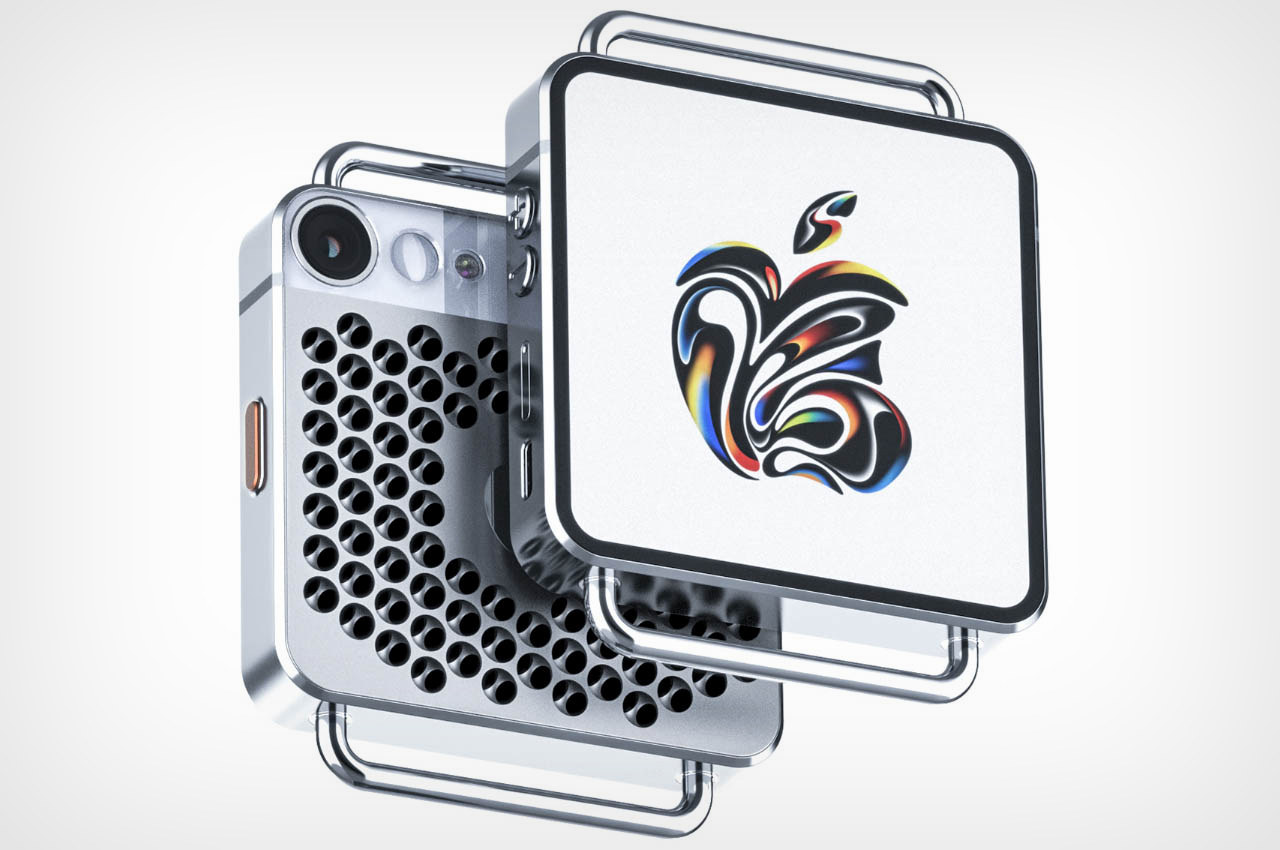
For reference, the Rabbit R1 isn’t a typical gadget, and so is not its design. The boxy little AI device is designed to learn from your commands and do more than what the average smartphone can do. That is until the recent debacle of reviews that are showing that the real-world evolution of the Rabbit is far from its advocated details. Anyhow, this is not about what the Rabbit R1 does, it’s about the identical-looking (minus the hold bars on the top and bottom) iPhone 16S concept because the best AI device you can have in your pocket – in the foreseeable future is a phone!
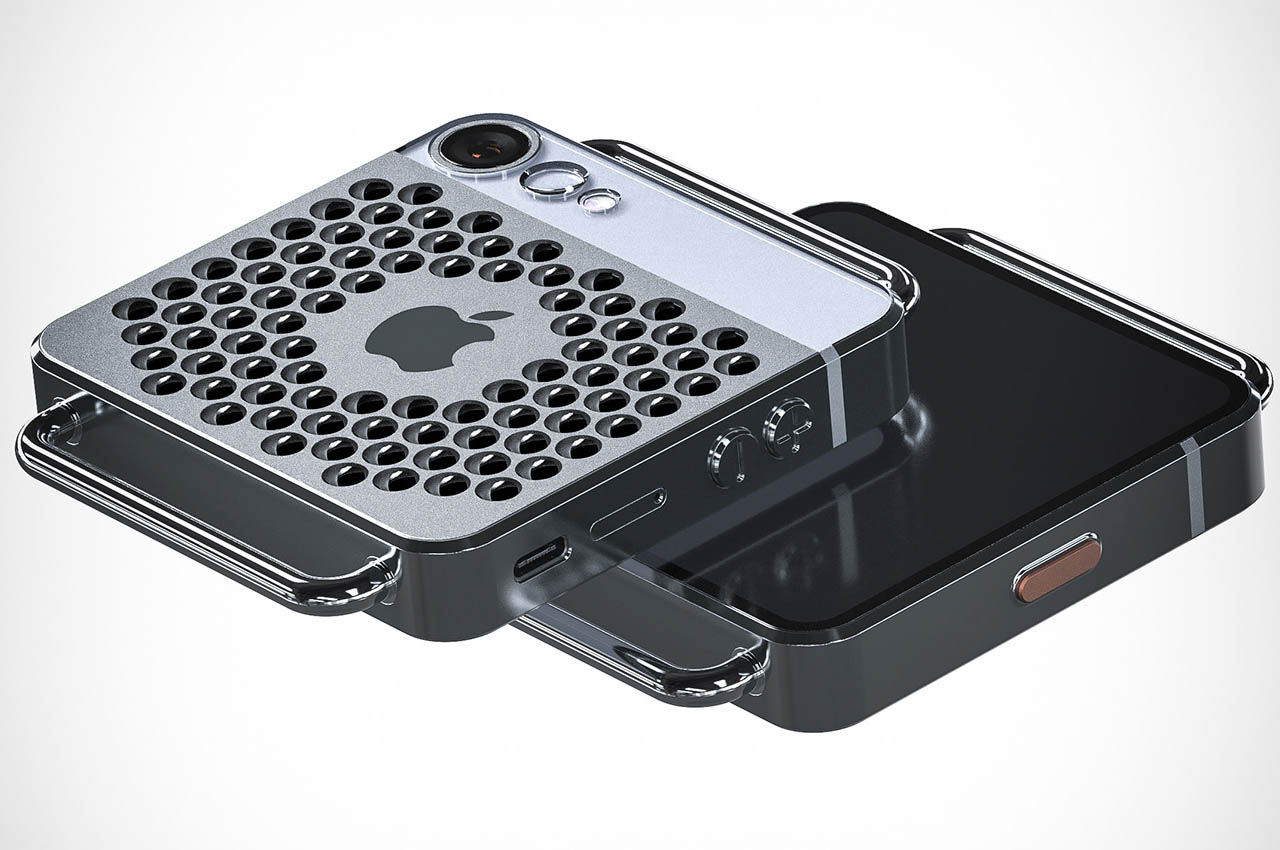
Perhaps then the form factor of the concept phone in question may be stolen from the Rabbit R1, it does have some interesting ideas reliving its iPhone 16 identity (as the rumors hold it for now). The iPhone 16S is taking the expected Capture Button idea from the forthcoming iPhone deals, to give us a pocket camera-like physical clicking button from the yesteryears.
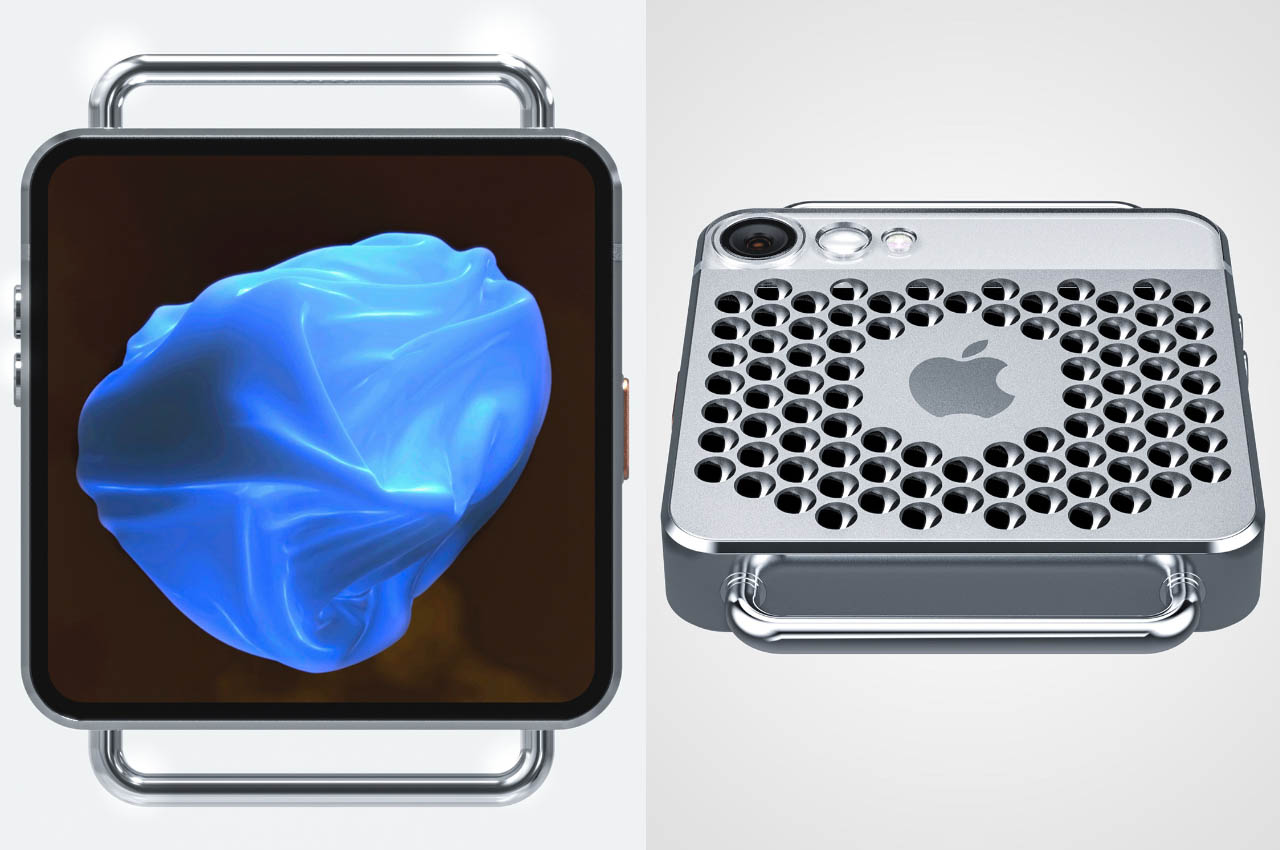
So, the hypothetical capture button on the opposite side of the iPhone 15 Pro like the Action Button, gives this iPhone a more camera-like feel. While Apple is considering on reworking the camera array in the upcoming iPhone 16 lineup, this concept sticks to the S series iPhone basics and uses just one – obviously multi-capability – camera in the rear. The highlight for me – besides the square form factor – of the iPhone 16S concept is its all-metal body and an interesting pattern around the Apple logo on the back. What do you think?
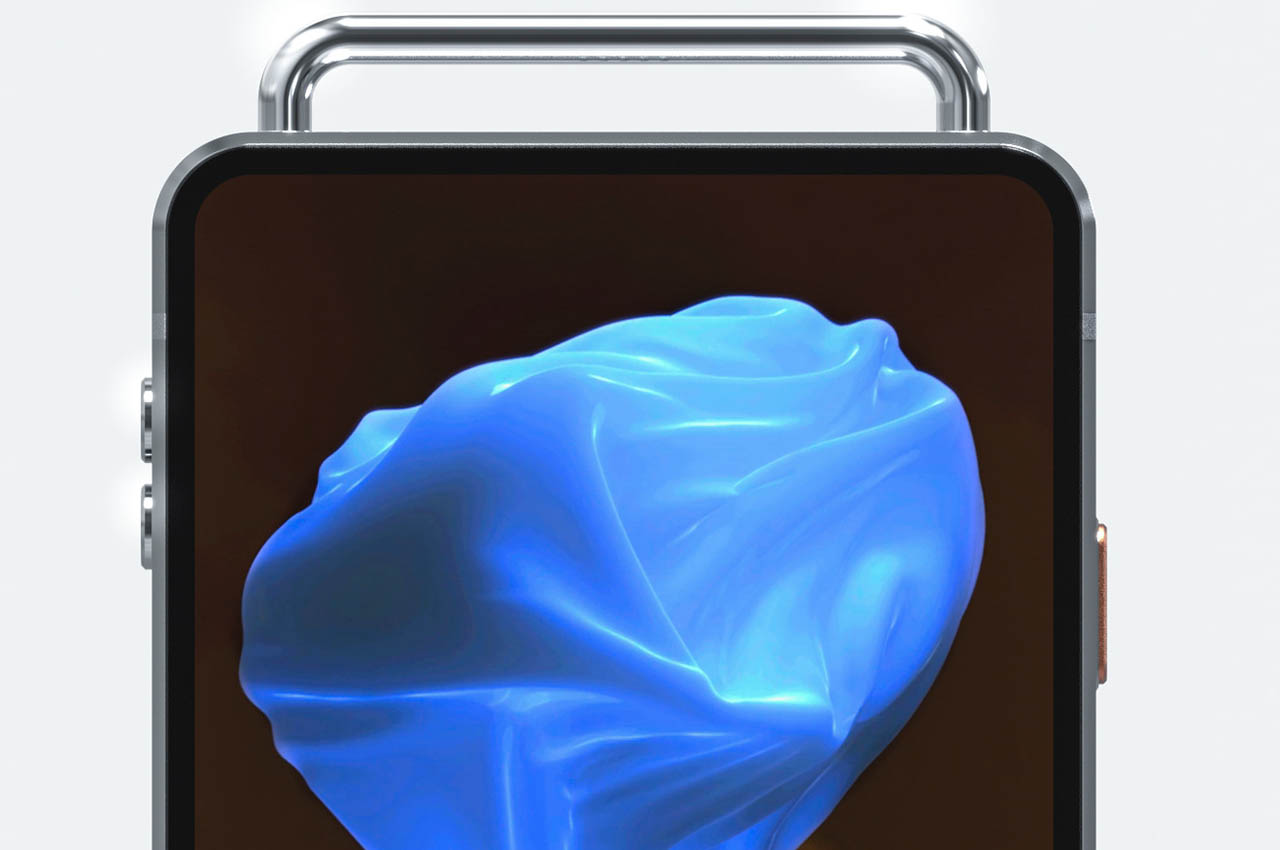
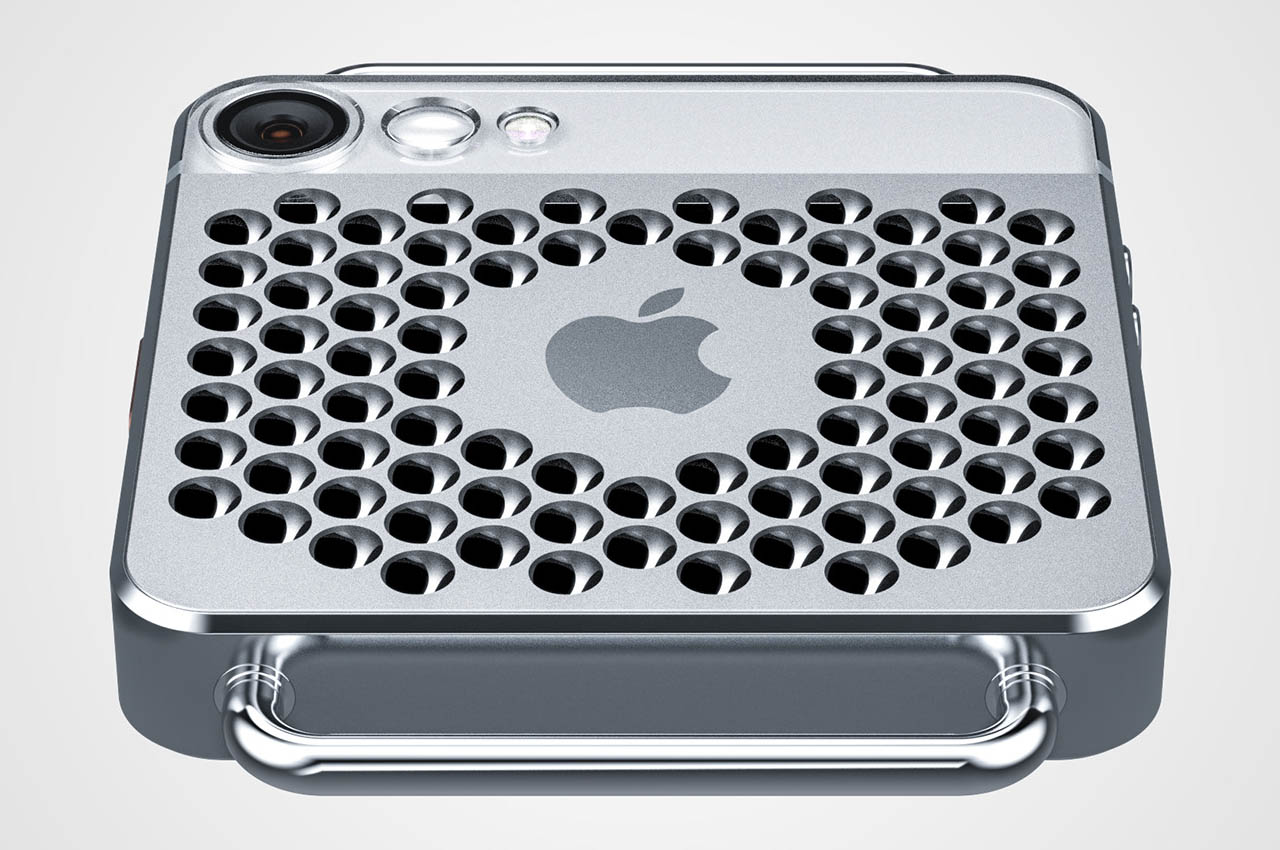
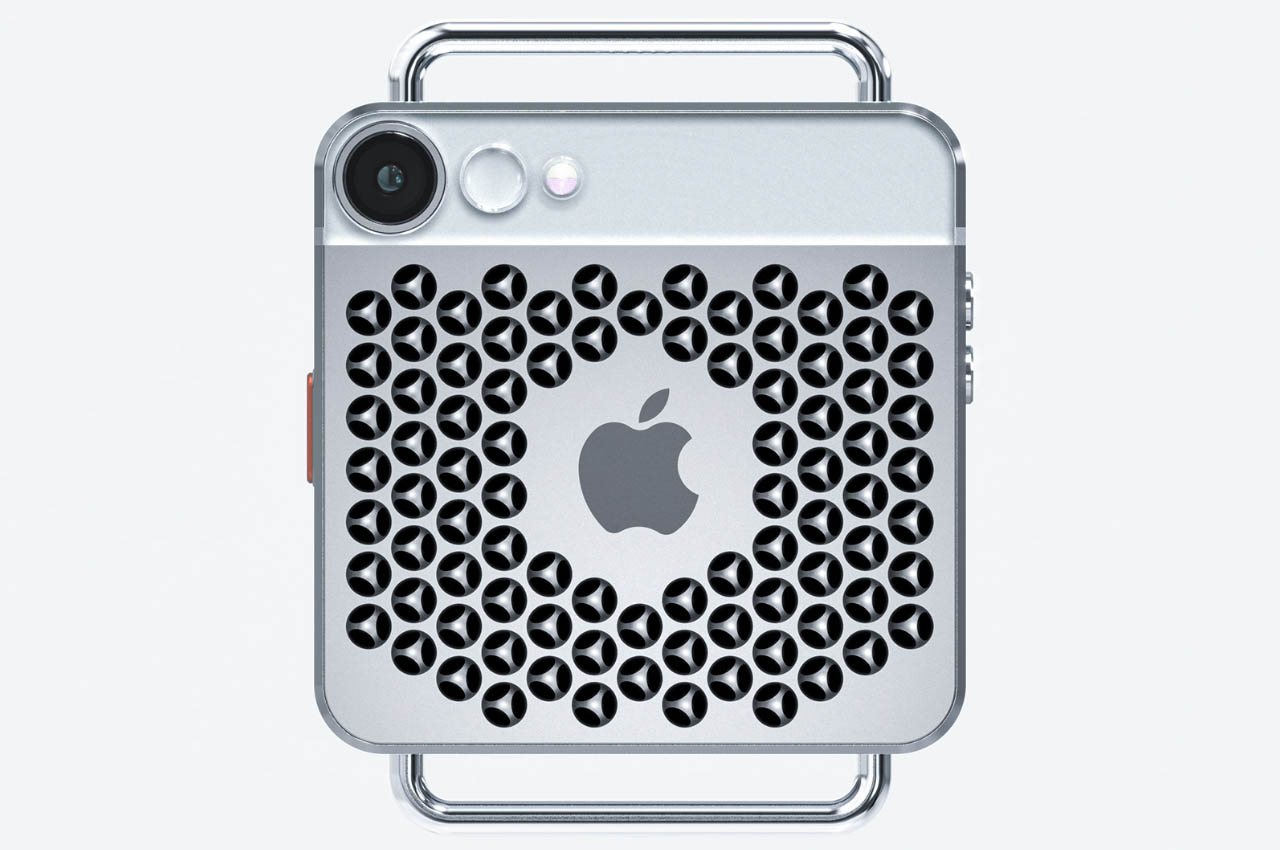
The post iPhone 16S concept mimics the Rabbit R1 format to reinstate that a phone is the best pocket AI device first appeared on Yanko Design.